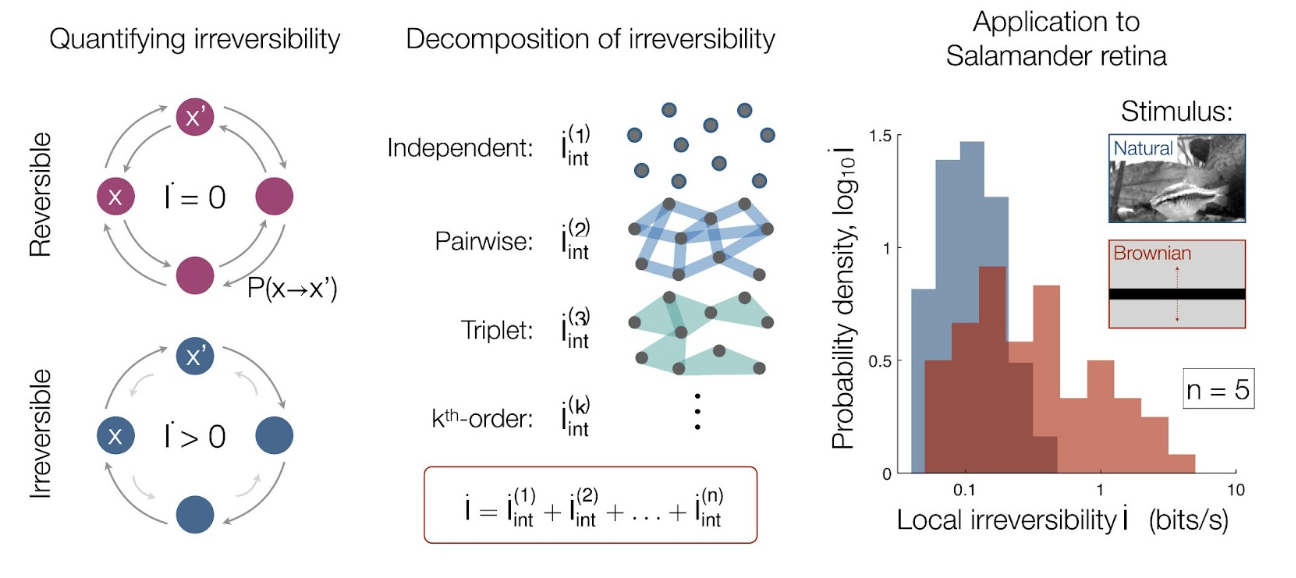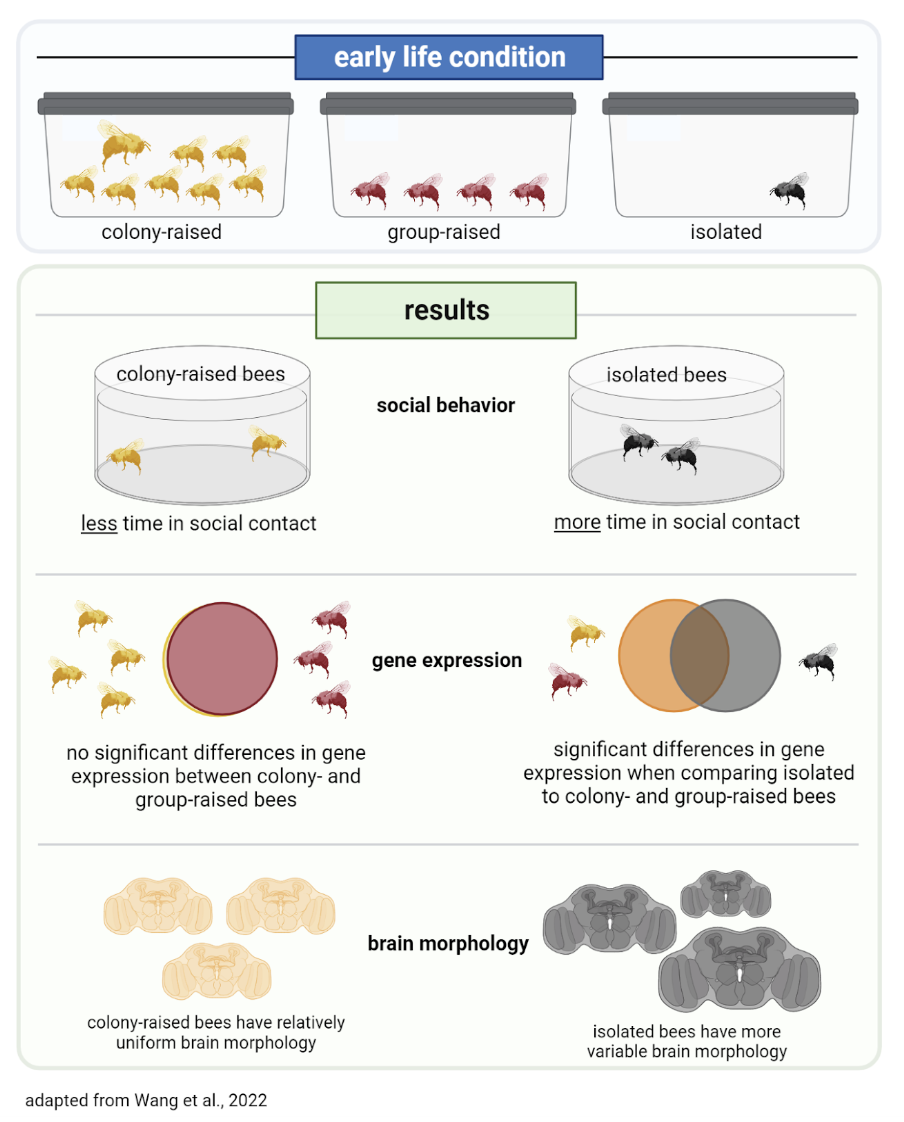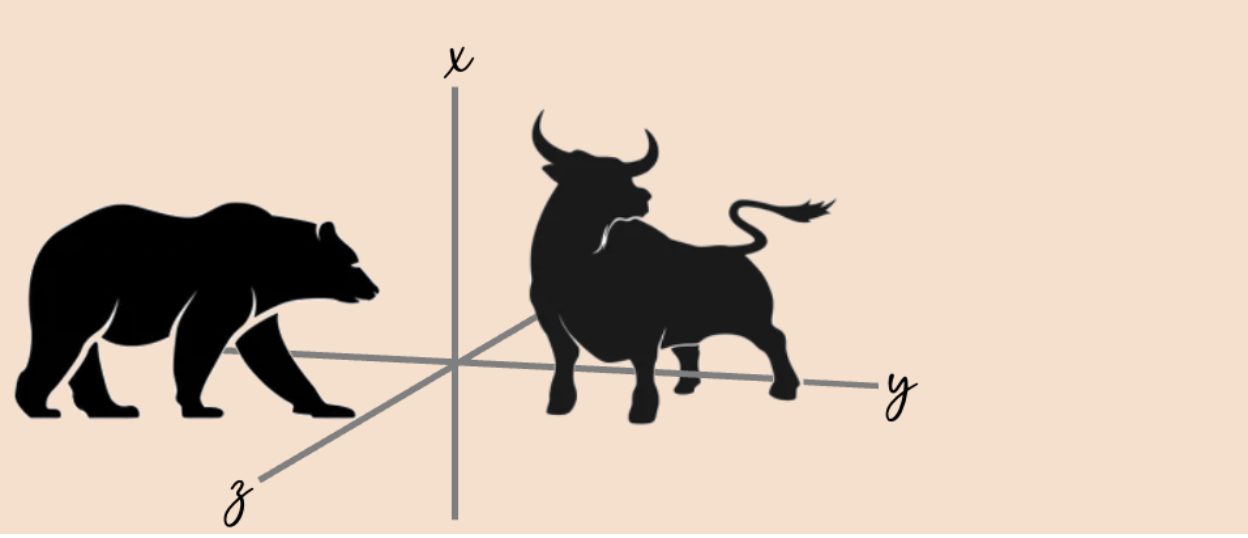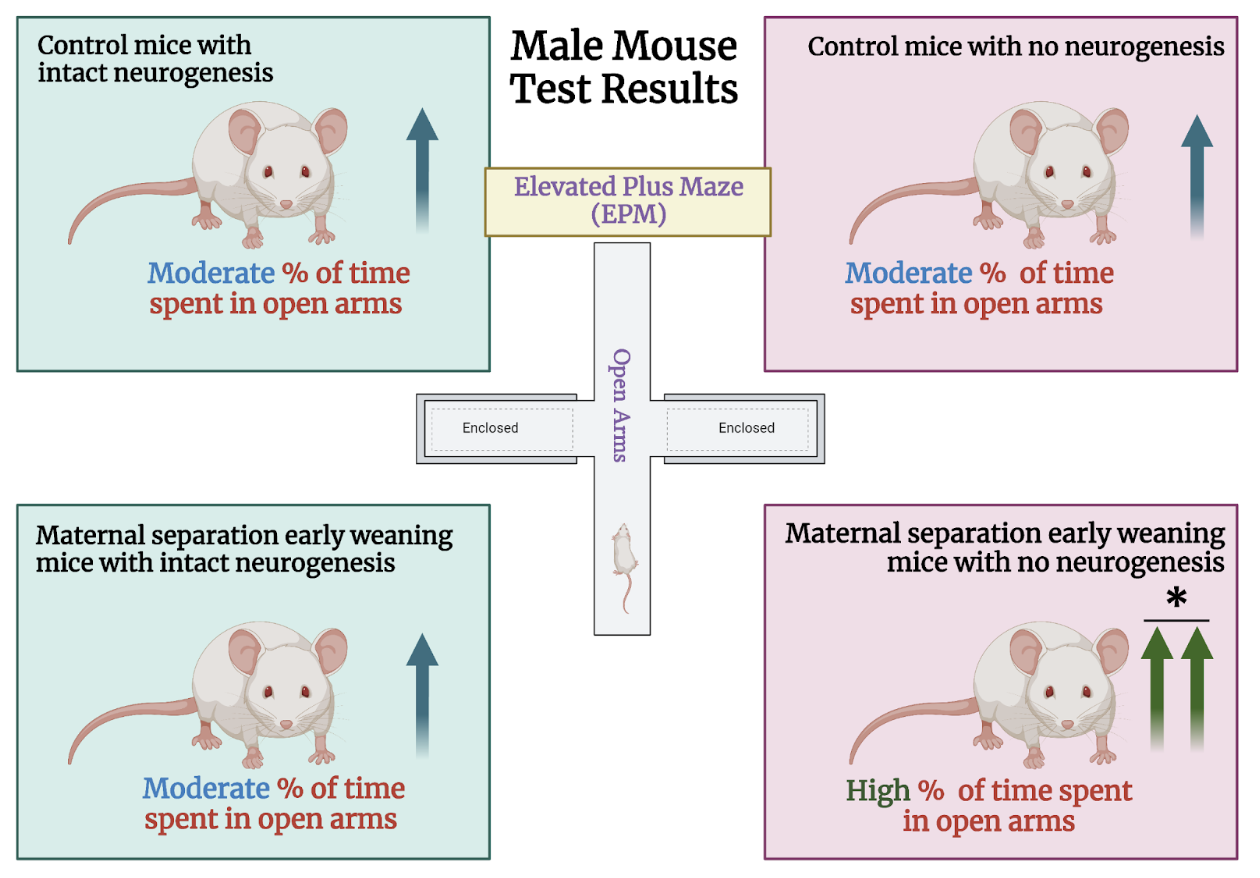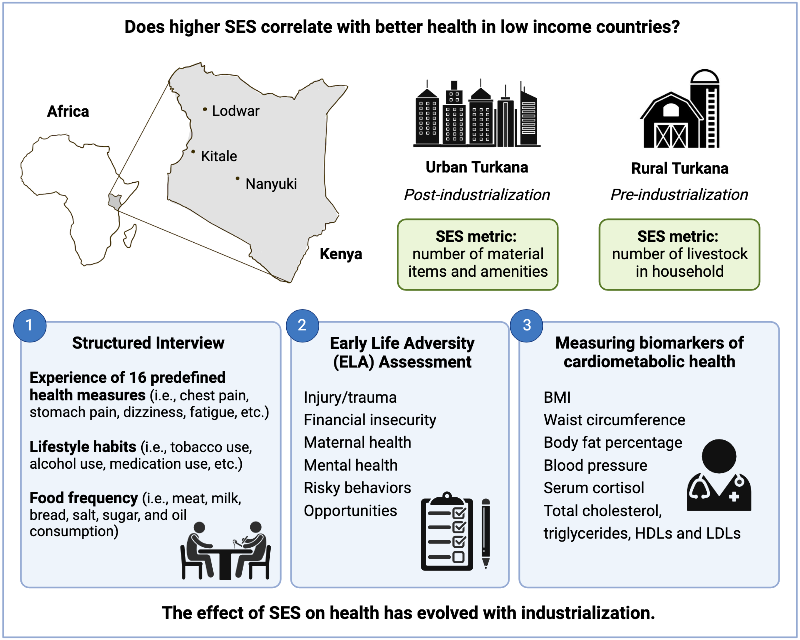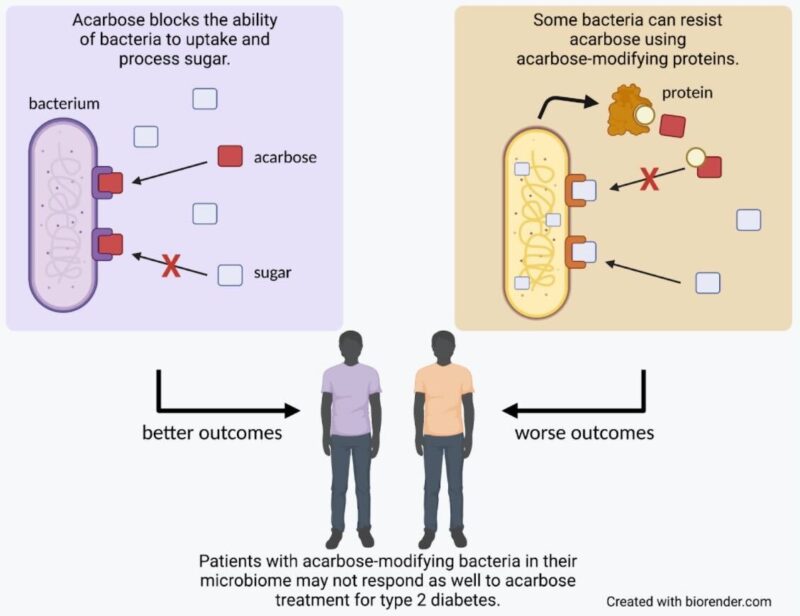In this episode of Brains, Black Holes, and Beyond, Thiago Tarraf Varella sits down with Princeton researcher Dr. Jamey R. Szalay to discuss the science behind Jupiter's auroras. Dr. Szalay also discusses exciting NASA breakthroughs being made by the Jovian Auroral Distributions Experiment (JADE) in learning about Europa, one of Jupiter's moons.
This episode of Brains, Black Holes, and Beyond was produced by Princeton Insights in partnership with the 146th Managing Board of The Daily Princetonian. Insights show host Thiago Tarraf Varella is a graduate student in Department of Psychology at Princeton and can be reached at tvarella@princeton.edu.
To view the transcript for this episode, click “More Info” and then “Full Transcript” in the episode player.
Correction: A previous version of this description referred to the “Stellar Reference Unit” instead of the “Jovian Auroral Distributions Experiment (JADE) plasma instrument.” The 'Prince' regrets this error.
RESOURCES:
Original Paper: Water-group pickup ions from Europa-genic neutrals orbiting Jupiter
Princeton Insights coverage: Proton Outflow Associated With Jupiter’s Auroral Processes
CREDITS
Written and hosted by Thiago Tarraf Varella
Edited and Sound Engineered by Senna Aldoubosh
Transcript by Ketevan Shavdia
Produced by Senna Aldoubosh
Original Princeton Insights coverage by Cecilia Panfil (CHM, 2022) and Alexandra Libby (PNI, GS)
Subscribe to Brains, Black Holes, and Beyond on Spotify, Podcast Addict, or wherever you get your podcasts! And subscribe to the Daily Princetonian to get the latest news at Princeton!

